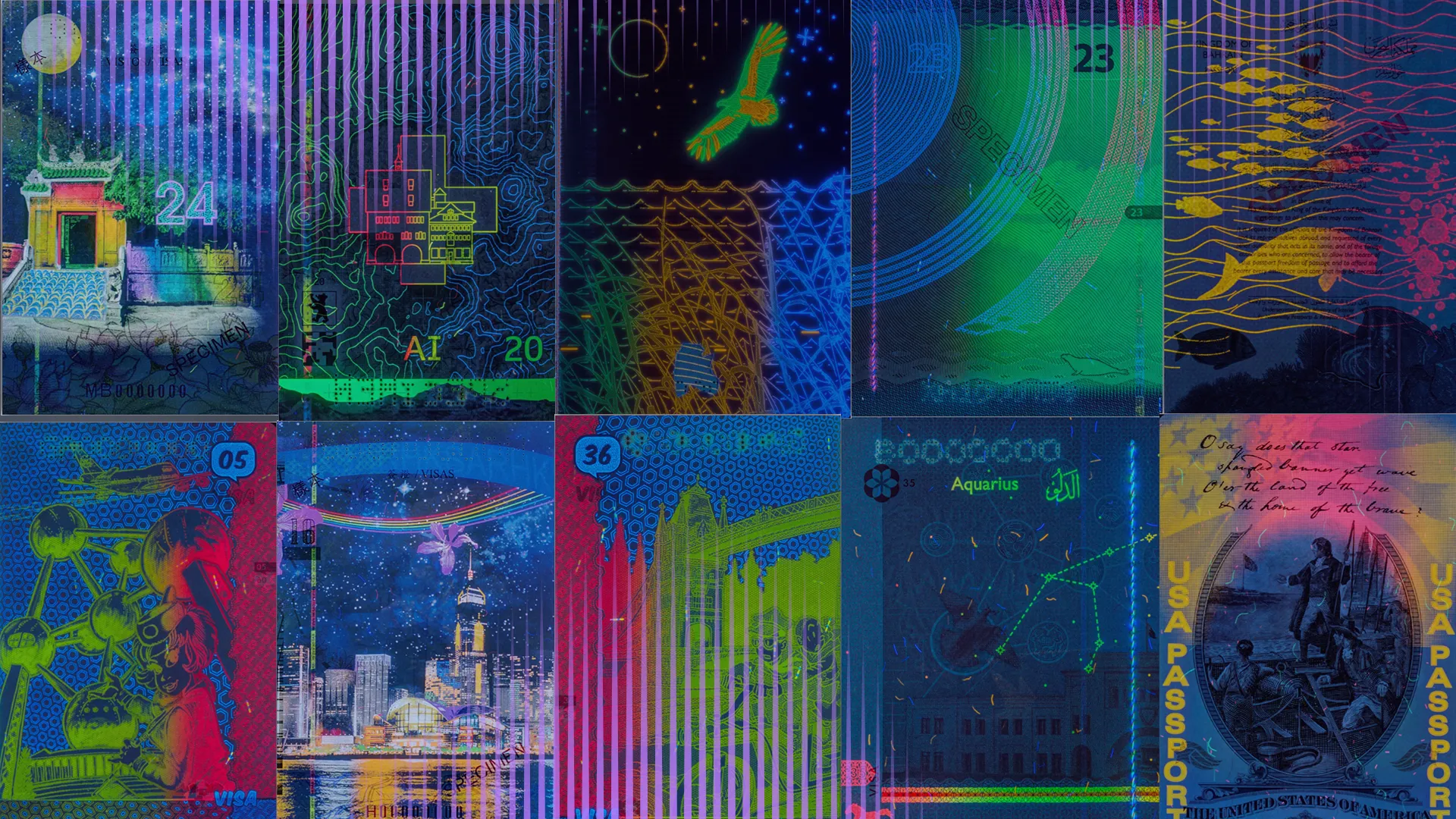In 1974, an unusual event unfolded in the world of ID documents: the mummy of Ramses II was issued an Egyptian passport. This was done in order to transport the 3,000-year-old pharaoh's remains to Paris for restoration. The genuine passport, complete with a photo of Ramses II's ancient face, even listed his occupation: "King (deceased)."
In this post, we’ll discuss modern-day Egyptian ID cards, passports, and driver’s licenses, and what factors should be considered to effectively verify them.
The challenges of processing Egyptian IDs
Just like in many other countries, Egypt provides its citizens with three main identity documents: passports, ID cards, and driver’s licenses. The ID card, in use since 1996, has never changed its design. Current passports have been in circulation since 2008. They feature a barcode and personal data written in both English and Arabic. However, there are no electronic Egyptian passports yet. The new electronic driver's license was introduced in early 2024.

The new Egyptian driver’s licenses contain an electronic chip. Source: ElBalad News
While the above-mentioned is pretty standard, Egyptian ID documents have some unique fields. For example, passports indicate profession, ID cards specify religion, and married women also have their husband's name on their ID cards.
Fields in Arabic
The official language of Egypt is Arabic, so it's no surprise that its ID documents are written in Arabic. While Egyptian passports include fields in English, Egyptian ID cards don’t contain any Latin script at all. The driver’s licenses used to be entirely in Arabic too, but after their recent update, new Egyptian driver’s licenses have started duplicating the holder’s name and details in Latin.

The barcode contains a MRZ encoded in it.
When processing documents in Arabic, Regula performs transliteration according to ICAO standards, which require all non-Latin names to be converted into Latin.
Note that the ICAO transliteration doesn’t equal English. For example, the Arabic name محمود عبدالرحيم, which is written in English as Mahmut Abdul Rahiim, is MXHMWD EBDAL RXHYM according to the ICAO. This serves as a compromise for documents that don’t have fields written using Latin-based alphabets.
💡 Egyptian names are often too long to fully fit into the MRZ. Since full comparison isn’t possible—either the name is cut or contains special symbols like dashes which are not recorded in the MRZ—Regula’s algorithms perform a partial comparison. A similar situation happens with IDs from Sri Lanka, where a single person may have five names.
Dates and numbers are written in Hindu Arabic numerals
Hindu Arabic numerals visually have little in common with Western Arabic numerals, which, as you can guess by their name, are more familiar in the West.


The driver’s license number is 1739045, and it expired on 2016/07/12. Interestingly, while the rest of Arabic is written right-to-left, numbers are written left-to-right.
The Hindu Arabic system is used to record dates of birth, validity dates, and personal numbers in Egyptian ID documents.
The need for cross-checking wherever possible
It’s important to properly recognize Arabic and Hindu Arabic numerals, and not only to fetch information. The thing is that Egyptian ID documents aren’t considered among the most protected documents in the world. Due to this fact, cross-checking multiple sources of information is essential.
For example, the personal number in Egyptian ID cards encodes the holder’s date of birth and gender. Knowing this fact, you can compare these details from the personal number with the date in the visual inspection zone, and with the gender on the reverse side of the ID card.
Also, ID cards contain an MLI security feature which is unique to Egypt under the holder’s photo. Depending on the angle, either the coat of arms or the holder’s date of birth is shown. Although it makes things more difficult for machine-based reading, it provides another opportunity for cross-checking. And, of course, this feature can (and should) be used for a liveness check during remote identity verification sessions.

We at Regula experienced some cases when clients wanted to get the date from the MLI and compare it with the date from the personal number.
How to effectively process Egyptian IDs
With Egypt’s population of over 110 million people, confidently handling the country’s ID documents is key for any organization working in the MENA region. The recipe for success is simple: a world-class OCR engine capable of recognizing Arabic text and numerals, knowledge of how the data is written and structured, and expertise in security features to verify an Egyptian ID even in remote scenarios.
If you’re looking for an out-of-the-box solution that can do all this and more, you've come to the right place. Regula is at the forefront of document forensics and software advances, ensuring you peace of mind with everything related to ID document handling.
Drop us a line if you want to streamline verification processes involving Egyptian documents. We’ll be happy to help.





